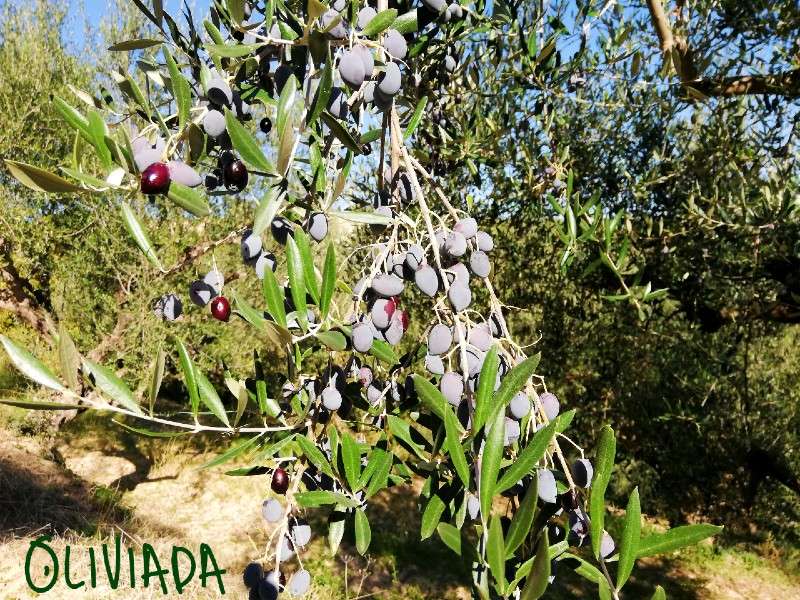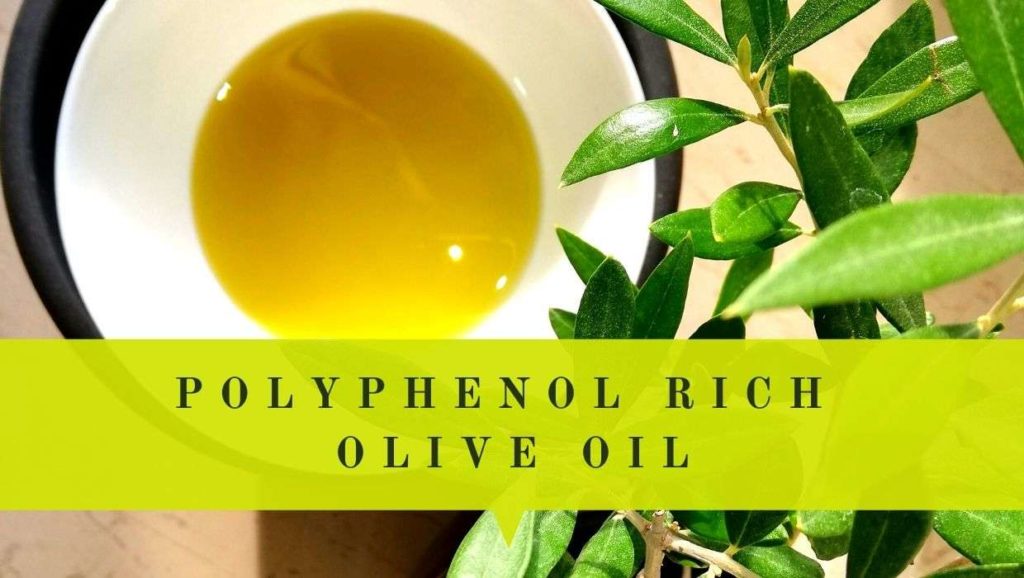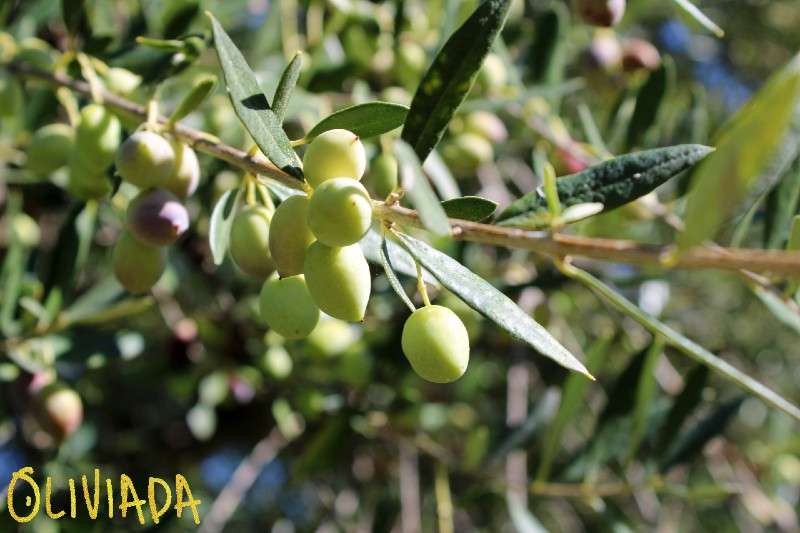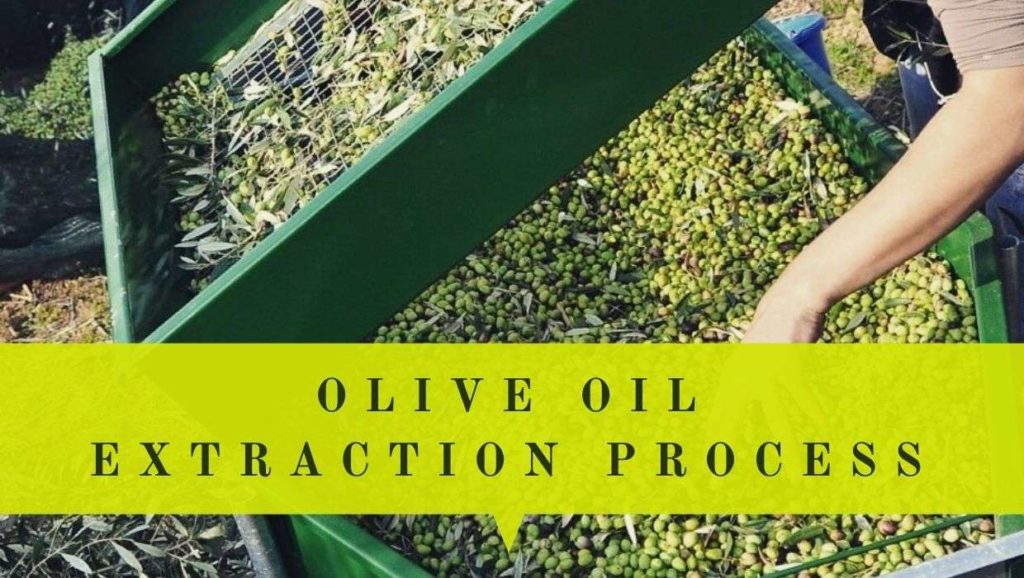This post may contain affiliate links which may generate a small commission from clicks that result in a purchase.
If you are here and reading this article, that means you have a gorgeous olive tree at your property or a beautiful olive grove and not sure when to pick olives for oil or brining and how.
Harvesting olives is easy and joyful as long as you know the fundamentals of when and how to pick olives from your olive tree.
When to Pick Olives for Oil?
In general, the geographical zone your olive trees grow will determine the timing when to pick olives for oil. Autumn is the time when the olive harvest starts and can last up until the beginning of winter before the first cold comes.
The best location to grow olives in the subtropical Mediterranean-like climate and according to which continent the region is the time for harvesting olives are different.
This is a table with the most popular regions for olives to grow and the best time to harvest olives:
| Regions | Best Time to Harvest Olives |
|---|---|
| Mediterranean Sea Areas – Greece, Italy, Spain, Syria, Kroatia | October – January |
| Australia | April – August |
| South America – Chile, Peru | March – June |
| North America – California, Oregon | September – December |
| South Africa | March – August |
| New Zealand | March – June |
Also, the olive harvesting time depends on desired ripeness, oil yield, and flavor and olive variety.
In general, for processing olives into oil, normally the olives are picked matured or fully matured. Sometimes, olive harvest depends on weather conditions and olives are picked before first damaging frost or a big storm.

Factors to Consider when Deciding Time to Pick Olives for Oil
Important to note that olive characteristics are determined by its level of ripeness and here is how it influence olive flavor and oil yield.
Flavor
One of the factors you must consider when deciding the time when to pick the olives is olive oil flavor.
Depending on flavor requirements, you can pic green olives which are very bitter or fully mature olives which have a milder flavor.
| Olive Color | Ripeness Degree | Flavor and texture |
|---|---|---|
| Green | Early harvest olives | Very bitter due to polyphenols compound and pretty firm |
| Dark purple, dark brown or black | Fully matured or fully ripe | Less bitterness, milder flavour and softer texture |
| Green, dark purple or brown and fully ripe black olives | Mix of different degree ripeness | Ripe-fruity characteristics |
Oil Yield
The more mature olives are, the more oil they are going to produce. However the more young olive are the more polyphenol content they have.
So you must to decide if you go for a more olive oil or for a higher nutrient level.
| Olive Color | Oil Yield | Olive Oil Extraction | Olive Oil Taste | Shelf Life |
|---|---|---|---|---|
| Green | Low | More difficult | Bitter and grassy | Longest |
| Dark purple, dark brown or black | High | Standard | Sweeter, less bitter, less pungent | Shorter |
| Combination of olives | Yields mix | Standard | Some bitterness and some pungency | Long |

Depending upon the degree of ripeness, you need approximately 4-6 kg (9 -13 pounds) of mature Koroneiki olives* to produce 1 liter (0.26 gallon) of extra virgin olive oil (4-6 to 1 ratio).
Or you need approx. 8-9 kg (18-20 pounds) of green unripe Koroneiki olives to make 1 liter (0.26 gallon) of extra virgin olive oil 8-9 to 1 ratio).
*Koroneiki olives are Greek most popular olives growing mainly in the Peloponnese are and producing one of the best olive oils around the world
When to Pick Olives for Brining?
When picking olives in order to preserve them, first you need to decide the color and texture you want as it depends on the degree of ripeness matters.
If you want to pick green unripe olives, start a harvest process in early autumn. Otherwise, wait until olives fully ripen and mature, depending on the olive variety it can be the beginning of winter.
For instance, Koroneiki olives growing in Kalamata can be picked in October for an early harvest or kept up until January to collect them mature and fully ripe.

All olives are green in color at first, and then gradually change color into rosy, purple, dark purple, or brown, and eventually black. So don’t miss the right timing if you go for rosy middle-ripe olives. Also, if you notice any spots on olives, make sure they are safe and suitable for consumption.
In terms of taste, the bitterest olives are unripe green color with a firm skin. They have a longer shelf life but will take several months to mellow in flavor comparing with fully ripe dark purple or black olives.
And if you want olives for a brine, some people would say ideally is to pick green olives when they are mature but before they begin to change color. Others example Greeks leave Kalamata olives – king of olives – until they are fully ripe dark purple or black color.
Olives on the same tree have different degrees of maturity, so you can continue to pick for brine curing as they ripen or you can harvest all of them in one go and group them for different brining depending on ripeness.
Also, handpicking table olives is essential as damaged fruit will usually not survive the curing process.
How to Pick Olives from Olive Tree
The traditional method to harvest olives is picking by hand. Nowadays you can use a piece of modern machinery to help a harvest, but still many olive growers, in particular in the Mediterranean region, are following old traditions and use only vibrating rakes to shake the olives from the branches.
The Best Way is to Pick Olives by Hand
If you have only few olive trees at your property, the best way is to harvest olives by hand in the old traditional way.
Make sure you place nets or polypropylene sheets under the olive tree to collect the fallen olives. Pick by hands or use electrical vibrating rakes to gently remove olives from branches.
Gather all olives from the branches and fallen from the net into olive packaging net sacks or bowls in case of one tree.
If you are interested to learn all the steps in olive harvesting and making olive oil you can check my post including illustration and video on how my Greek family collects olives and how to make amazing Kalamata extra virgin olive oil!

Few Tips for Successful Olive Harvest
- Don’t miss the right harvest time depending on your needs!
- The more mature olives are, the more easily they get bruised, so if harvested for eating olives need to be handled with care
- You may also use a ladder and handpick the olives in order to avoid bruising the fruit
- Ideally to make olive oil within 48 hours of harvest, otherwise, olives will oxidize and become more acid
- Invite friends to enjoy this unique immersive experience and create an annual gathering-harvesting tradition
Conclusion on Harvesting Olives
Last but not least thought, olive fruit takes from 6 to 8 months to ripen with some table olives being harvested while still green while olives like Kalamata are left until they are fully ripe. With that said, you should consider the olive variety factor when deciding olive picking time.
If you’re shopping for olive oil, it’s worthwhile to check the harvest date on the bottle label. Freshly pressed olive oil, particularly organic, will often list the harvest date, giving you an idea of the oil’s freshness and quality.
I truly believe this article was helpful for you to decide when to pick olives and how in accordance with olive specifics described in this article.
Also, if you are planning to cure olives after harvest instead of making olive oil, you may want to check my articles about how to cure Kalamata olives in 3 different ways and how to pit olives at home based on 9 methods.
Read Next
HOW DO OLIVES GROW? ILLIUSTRATED GUIDE
Learn More
- Why Kalamata Olives are the Healthiest?
- Kalamata Olive Oil Health Benefits
- How to Grow Olive Trees Indoors – 20 Facts
- Olive Tree Leaves Uses & Benefits
Join Facebook community: Olive Tree Growers and Enthusiasts
Hi, I’m Vangelis Kleftogiannis, the founder of Oliviada and an established olive oil expert from Kalamata, Greece. My expertise isn’t just in producing quality Extra Virgin Olive Oil, but also in the cultivation and care of olive trees themselves. I am deeply committed to sharing my knowledge and know-how, helping others understand the intricacies of olive tree growing and the creation of quality olive oil.

I am in Canberra, Australia and have a couple of Kalamata olive trees where the fruit have just finished turning purple in the last couple of days. I want to harvest the fruit relatively ripe for pickling but am unsure how long I should leave the fruit to further ripen now they have changed colour.
Once olives have changed color into purple, wait until they become softer and pick them. Don’t keep them to fully ripe as to remain firm and crunchy instead of becoming overly soft.
How do you make brine for olives and how long before ready
Hi Linda, I have a separate article about how to cure Kalamata olives in 3 different ways. You can find there described brine-curing. Check it out : https://www.oliviadaolive.com/cure-kalamata-olives-3-different-ways/. Hope you find it useful!